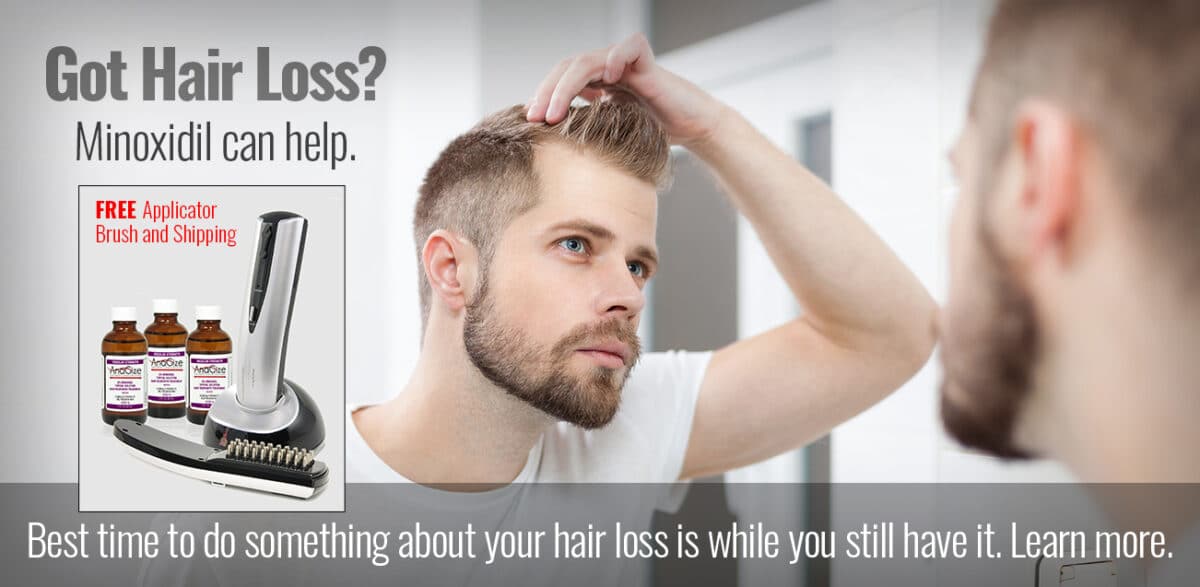
Hair extensions add volume, cover small bald spots, thicken thinning patches, add highlights or change your look entirely.
Hair extensions are the one type of hair replacement that you don’t have to wear on your scalp, because the replacement hair is attached to healthy hair you have on your head, providing you have enough. The one instance you cannot use extensions is for a bald spot on the top of your head because then there is nothing to attach the extensions to, says Baha Alwardi, owner of Image First Hair Salon and Day Spa in Boynton Beach, Fla., who uses Ultratress hair extensions because of the variety of new technology in the application choices and the quality of the 100 percent human hair.
“Always choose a very skilled and experienced professional to apply your hair extensions, especially if your hair is damaged or weakened by disease or diffuse thinning. If the right application for the right hair is used, then the hair will not be damaged further and you can expect a more natural, healthier, beautiful appearance,” explains Alwardi.
Extend your knowledge of hair extensions
The type of hair extensions your stylist will choose for you depends on the application process and the reason you are seeking extensions in the first place, but it is an educated customer who gets the best results, advises Alwardi.
The sandwich technique with a “cool” application is perfect for the medical community and the fashion community. Clients of Alwardi’s salon come with all types of hair problems, from naturally fine hair and simple thinning to those regrowing hair, from those undergoing chemotherapy to those suffering other hair loss traumas where a hot application method would not be appropriate. “I use HAIR EXTENSIONS on these clients,” Alwardi says, “because of the unique application process and because I can place these extensions higher up on the temples and up to the back of the head, in places other extensions won’t work.” The application technique uses a sandwich method between existing hairs with adhesive tape, he explains. “I can add width and volume as well as length while protecting hair from damage, because it is supported on both sides with no ridges or bumps.”
In addition, these hair extensions drastically reduce application time. “While a regular full head of strand-by-strand hot glue extensions can take four to five hours,” Alwardi notes, “I can apply almost the whole head in about two hours. I save the strand-by-strand technique for the front of the client’s face, where it is all-important to the final appearance.”
Basic multiple-strand extensions and a safer “hot” adhesive are great for adding length and styling options. If you want more length but less damage, using a multiple-strand application technique reduces the stress on your hair and provides a virtually seamless transition. “UltraStrands contains a unique hot adhesive that is polyester-based, so it heats up ultra-quickly to diminish heat damage and dissolves into powder with its own solvent upon removal,” says Alwardi.
Reusable strand-by-strand link extensions are customizable, cool and chemical-free. These are the perfect solution to a chemical- and adhesive-free alternative for adding length, volume, color and styling options with less cost and less maintenance. “And they are the best way to customize areas around the front strand-by-strand,” continues Alwardi, who uses UltraLinks for the most natural effect around the hairline. “These are simple to apply,” he says. “I just lift the strand, loop it and crimp the link, and it is that easy to remove and reuse, too!” He explains that instead of dissolving adhesive, which makes other extensions unusable, these UltraLinks can be very quickly and simply loosened to clean out shedding, shifted up and tightened so the maintenance time and expense are drastically reduced for both the stylist and the client.
How to care for hair extensions 1-2-3
- Use only a loop brush on your extensions because it is specially designed with bristles that are looped so they won’t pull on attachments. You may also use a small bristle brush to push any shedding hairs down toward the attachment so they don’t itch, advises Alwardi. Always brush from the bottom first to loosen tangles, not from the base of the scalp, because extended hair has the propensity to tangle easily.
- Use only the hair care products recommended by your stylist for your type of extensions and attachment. To avoid tangling, sleep in a loose braid, shampoo hair in the shower only and avoid scrubbing hair with a towel. Rely on hot tools to style hair instead of constant brushing and blow-drying, which can cause extensions to slip prematurely.
- Never skip your maintenance appointments of approximately every four weeks, because maintenance is the key to successful hair extension wear, concludes Alwardi.
